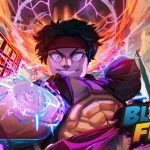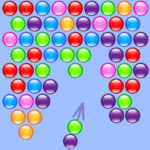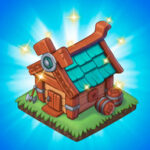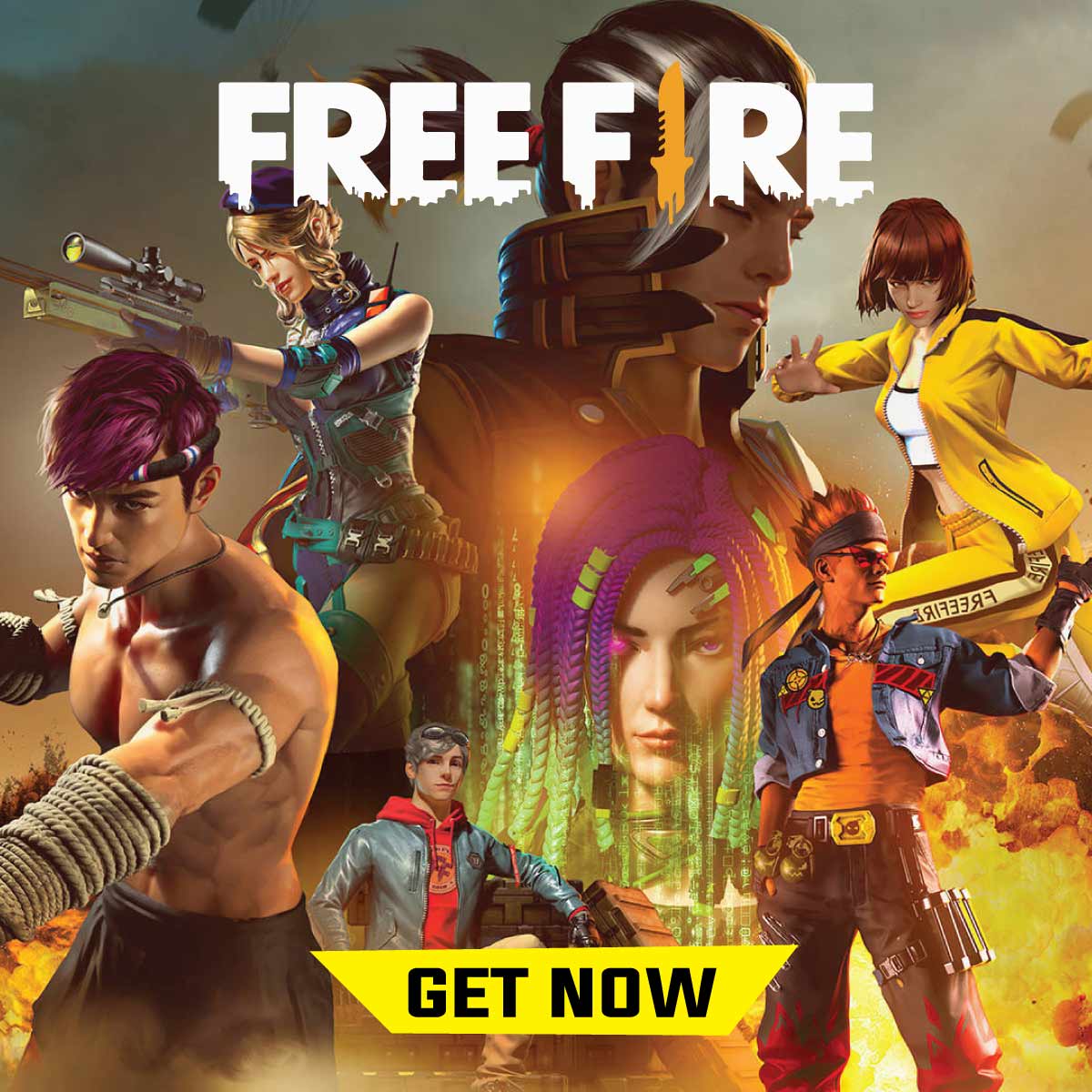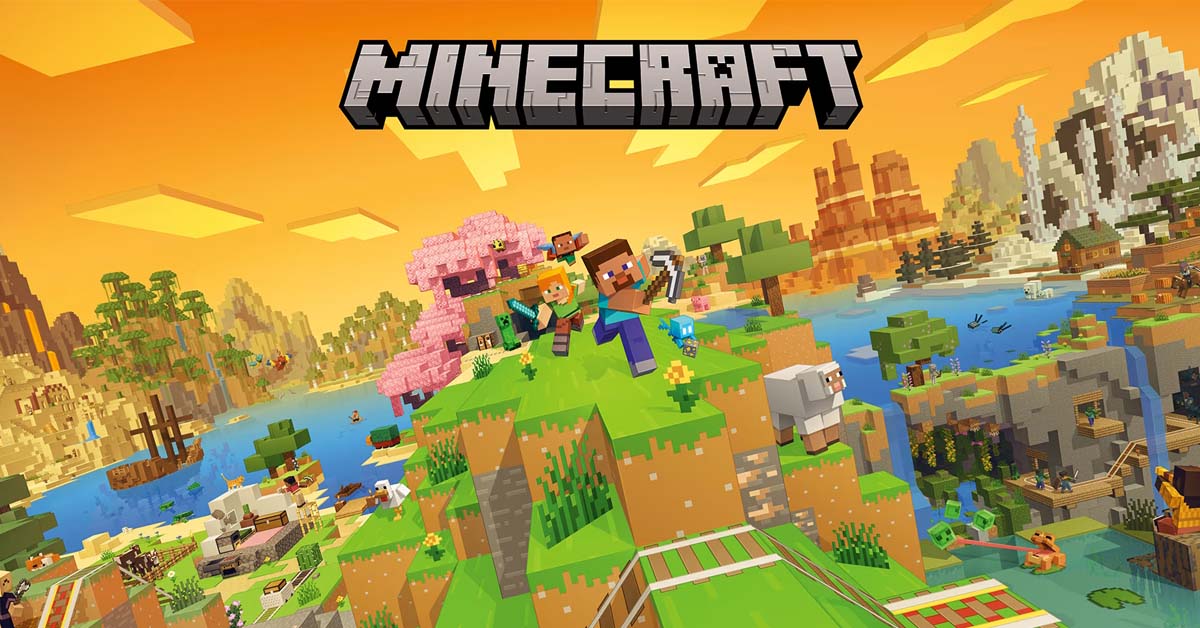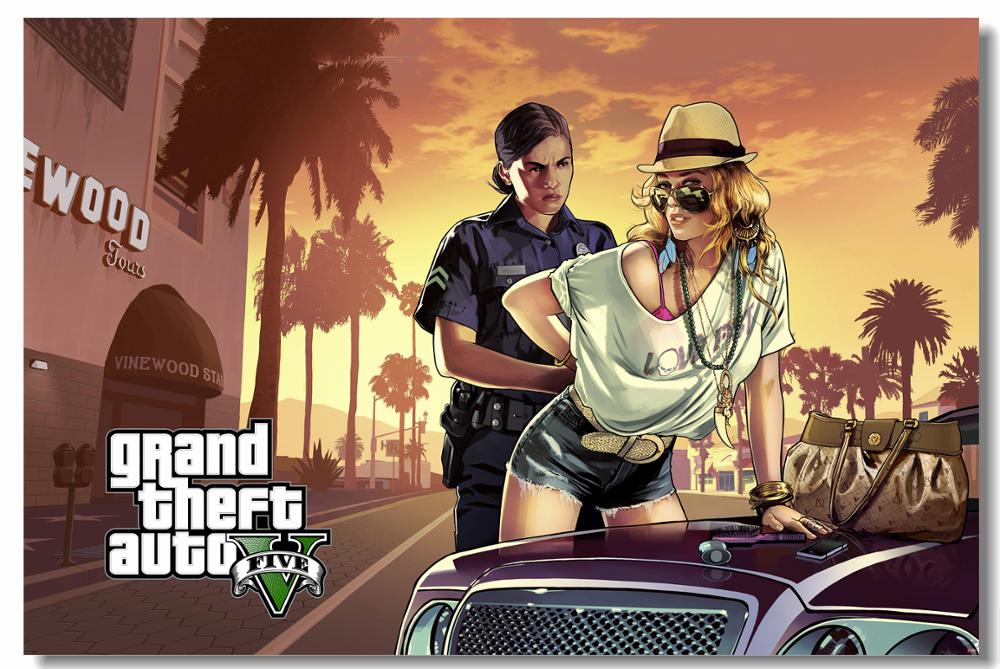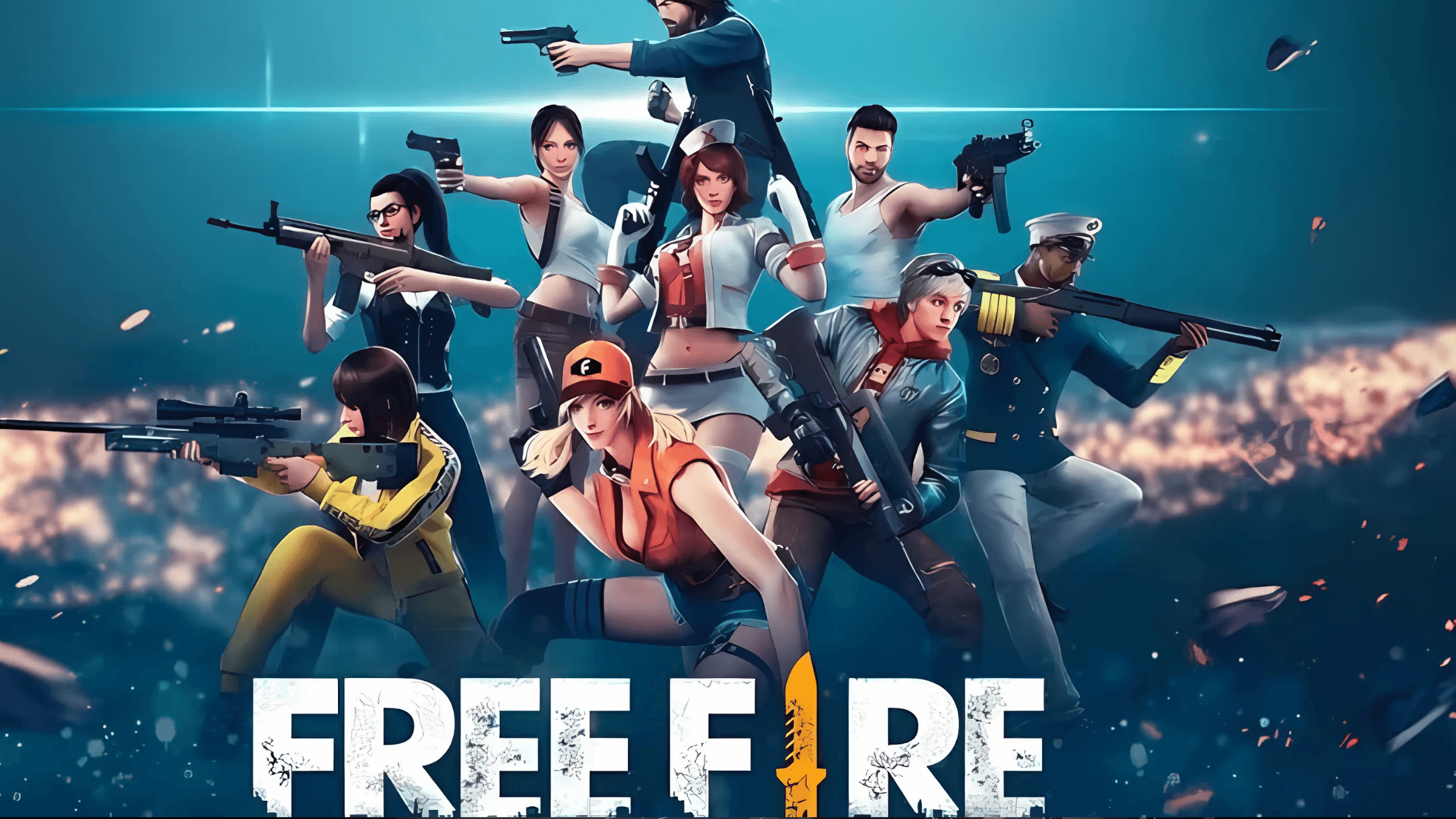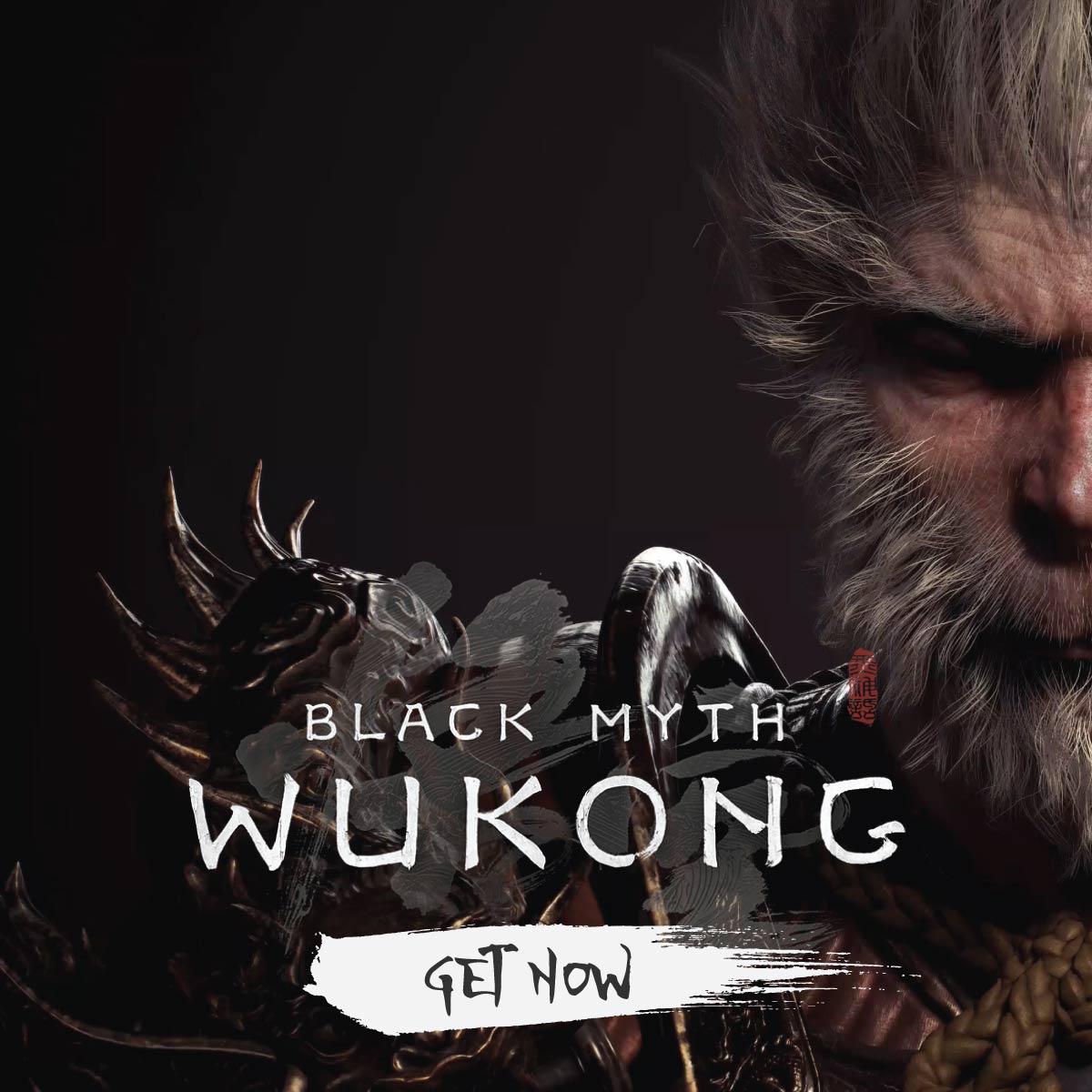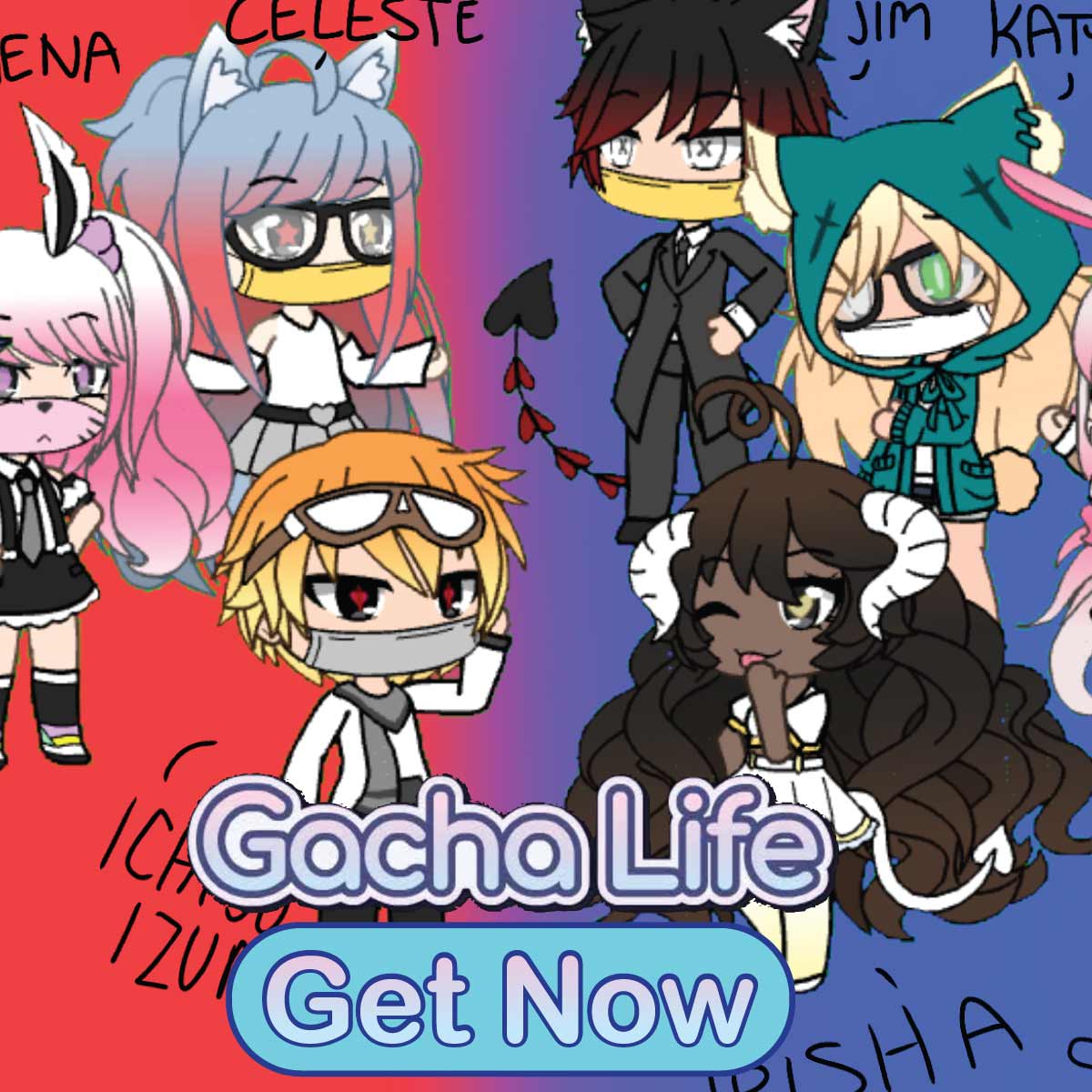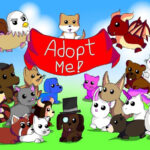League of Legends: A Decade and a Half of Dominance on the Rift – A Comprehensive Expert Guide
Introduction
Since its official launch on
October 27, 2009, League of Legends (LoL) has not merely existed; it has exploded into a global cultural phenomenon, solidifying its position as the undisputed king of the Multiplayer Online Battle Arena (MOBA) genre. Developed and published by Riot Games, LoL took the foundational concepts of the
Defense of the Ancients (DotA) mod for Warcraft III and refined them into a standalone, free-to-play masterpiece. With its ever-expanding roster of over 160 unique champions, each boasting intricate abilities and distinct playstyles, combined with deep strategic complexity, a thriving esports ecosystem, and a constantly evolving meta, League of Legends offers an endlessly replayable and intellectually stimulating challenge. This comprehensive expert guide delves into the rich tapestry of League of Legends, tracing its origins, exploring its core gameplay, dissecting its competitive scene, analyzing its monetization, and providing a balanced perspective on its enduring impact on the gaming world.
The Genesis of a Giant: From Mod to MOBA Masterpiece (2006-2009)
The story of League of Legends begins with the vision of Riot Games founders Brandon Beck and Marc Merrill. They were deeply inspired by
Defense of the Ancients (DotA), a popular custom map for Blizzard's Warcraft III. While DotA demonstrated the immense potential of the MOBA genre, it was limited by its origins as a mod, requiring players to own Warcraft III and often lacking the polish and dedicated support of a standalone game. Beck and Merrill envisioned a new game that would build upon DotA's core concepts but be free-to-play, easily accessible, and continuously supported and updated by a passionate development team.
Riot Games was founded in 2006, and development on League of Legends: Clash of Fates (its original full title) began shortly after. Their unique free-to-play business model was revolutionary at the time, facing skepticism from potential investors who were accustomed to traditional boxed game sales. Despite these initial hurdles, Riot pushed forward, focusing on community engagement and iterative design. Closed beta testing commenced in April 2009 with 17 champions, and by its North American launch on October 27, 2009, the roster had grown to 40, signaling Riot's commitment to diverse gameplay.
The First Decade: Growth, Innovation, and Establishing Dominance (2010-2019)
The initial years post-launch saw League of Legends experience exponential growth. Its free-to-play model, combined with accessible gameplay (compared to some other MOBAs at the time) and consistent content updates, drew in millions of players. Riot Games quickly established a bi-weekly patch cadence, ensuring the game's meta was always evolving, preventing stagnation, and constantly introducing new champions, skins, and features.
This period was characterized by Riot's relentless innovation. They pioneered many of the practices now common in live-service games, from regular balance changes and new champion releases to narrative events that expanded the game's universe, Runeterra. The community grew organically, fostering a passionate player base that contributed to the game's virality through word-of-mouth and early streaming platforms. By the end of this decade, League of Legends was firmly established as the most played PC game globally.
The Rift's Core: Understanding Fundamental Gameplay Mechanics (Timeless)
At its heart, League of Legends is a 5v5 team-based strategy game played on a map known as Summoner's Rift. The primary objective is to destroy the opposing team's "Nexus," a structure located within their base, while protecting your own. Achieving this involves a complex interplay of individual skill, team coordination, and strategic decision-making.
The Phases of a Match: From Laning to Late Game
Early Game (Laning Phase)
- Minion Waves: Automated units ("minions") spawn from each base and march down three main "lanes" (Top, Mid, Bottom) towards the enemy Nexus. Players "farm" minions by landing the killing blow to earn gold and experience.
- Last Hitting: Mastering "last hitting" (landing the final blow on a minion) is crucial for economic advantage.
- Trading: Players engage in brief skirmishes with opposing laners to gain health, mana, or position advantage, known as "trading blows."
- Jungling: A fifth player (the Jungler) operates between the lanes, farming neutral monsters in the "jungle" for gold and experience, and ganking (surprise attacking) enemy laners to secure kills or force them out of lane.
- Vision Control: Placing "wards" to reveal enemy positions and movements in the fog of war is vital for preventing ganks and setting up plays.
Mid Game (Skirmishes and Objectives)
- Turret Pushing: As players gain strength, they push lanes to destroy enemy turrets (defensive structures), opening up the map and providing gold bounties.
- Objective Control: Teams contest neutral objectives in the jungle that grant powerful buffs:
- Dragons: Elemental Drakes grant permanent stat bonuses to the team that slays them. Stacking four unique dragons grants a powerful Dragon Soul.
- Herald: Summons a powerful siege monster to push down turrets.
- Baron Nashor: A formidable epic monster that grants a temporary buff (Baron Buff) significantly boosting attack damage, ability power, and empowered recalls, crucial for pushing to victory.
- Teamfights: Larger-scale engagements involving multiple players from both teams become more frequent as teams vie for objective control or attempt to pick off isolated enemies.
Late Game (Clash and Nexus Push)
- Full Build: Players complete their item builds, and champions reach their peak power.
- Elder Dragon: A super-powerful epic monster that grants true damage burns on attacks and executes low-health enemies, often deciding late-game teamfights.
- Nexus Push: The primary goal remains destroying the enemy Nexus, often requiring a decisive teamfight victory or a well-executed split push.
The Arsenal of Champions: A Diverse Roster and Role System (Ever-Expanding)
League of Legends' vast champion roster is arguably its most compelling feature. With over 160 unique characters, each possessing a distinct kit of abilities, visual design, and lore, players are spoiled for choice. These champions are categorized into various roles, typically one for each of the five players in a standard team composition.
Champion Roles on Summoner's Rift
Top Lane (The Island)
- Champions: Tanks, Fighters, Bruisers (e.g., Ornn, Camille, Darius).
- Playstyle: Often a solo lane focused on sustaining, split-pushing, and engaging in extended duels. Requires strong individual mechanics and wave management.
Jungle (The Backbone)
- Champions: Divers, Tanks, Assassins, Skirmishers (e.g., Lee Sin, Sejuani, Kha'Zix).
- Playstyle: Roams the map, farms neutral monsters, ganks lanes, and secures objectives. Requires high map awareness and decision-making.
Mid Lane (The Carry)
- Champions: Mages, Assassins, Control Mages (e.g., Ahri, Zed, Orianna).
- Playstyle: Central lane with high impact on side lanes. Focuses on burst damage, wave clear, and roaming to influence other parts of the map.
Bot Lane (The Duo)
- Marksman (AD Carry): Ranged damage dealers, heavily reliant on items (e.g., Jinx, Caitlyn, Ezreal).
- Support: Protects and enables the Marksman, provides vision, and offers crowd control or healing (e.g., Thresh, Nami, Leona).
- Playstyle: A duo lane focused on synergy, last hitting, and winning 2v2 engagements to scale into the late game.
Champion Design Philosophy
Riot Games continuously designs and releases new champions, each aiming to introduce fresh mechanics, counter-play opportunities, and thematic depth. This constant influx of new content ensures the game remains dynamic, with new meta shifts arising as players discover optimal builds and strategies for the latest additions. The champion design process is incredibly iterative, involving concept art, lore development, ability prototyping, and extensive playtesting to ensure balance and fun.
The Competitive Colossus: League of Legends Esports (Since 2011)
More than just a game, League of Legends is a global esports juggernaut, commanding millions of viewers and boasting a professional infrastructure that rivals traditional sports. Riot Games made a concerted effort to foster an esports scene from the game's early days, investing heavily in infrastructure, leagues, and tournaments.
The Apex of Competition: Worlds and MSI
The World Championship (Worlds)
- The annual League of Legends World Championship is the pinnacle of professional LoL esports, akin to the Super Bowl or FIFA World Cup. It pits the best teams from various regional leagues against each other for the coveted Summoner's Cup and a multi-million dollar prize pool.
- The 2024 World Championship, for instance, concluded in November 2024 with T1 winning, attracting immense viewership and showcasing the highest level of play. The Esports World Cup (EWC) in July 2025 also features League of Legends as a marquee title, further solidifying its competitive standing.
Mid-Season Invitational (MSI)
- Held roughly midway through the competitive season, the Mid-Season Invitational (MSI) gathers the champions from each major regional league for an international showdown. It serves as a strong indicator of regional strengths and sets the stage for Worlds. The 2025 Mid-Season Invitational was recently concluded, offering valuable insights into the current global power rankings.
Regional Leagues and Professional Infrastructure
Riot Games operates a comprehensive global esports ecosystem with franchised leagues in major regions, including:
- LCK (Korea): Known for its disciplined and strategic play.
- LPL (China): Characterized by aggressive and fast-paced teamfighting.
- LEC (Europe, Middle East, Africa): Innovative and meta-defining strategies.
- LCS (North America): A strong league developing local talent.
- LCP (Asia-Pacific - new for 2025): A merged league encompassing PCS, VCS, LJL, and LCO, aiming to consolidate power in the APAC region.
These leagues provide a consistent platform for professional players, coaches, and support staff, transforming skilled gamers into legitimate athletes recognized by the US Citizenship and Immigration Services as early as
July 2013.
The Living Game: Regular Patches and Meta Shifts (Bi-Weekly)
A fundamental aspect of League of Legends' longevity is its commitment to continuous updates. Riot Games releases patches approximately every two weeks, introducing balance changes, new champions, item reworks, and sometimes even significant map alterations or new gameplay mechanics.
Patch Philosophy and Impact
Balancing the Roster
- Champion Buffs/Nerfs: Riot constantly tweaks champion abilities, stats, and item interactions to ensure competitive balance. A champion that is too strong ("overpowered") will be nerfed, while an underperforming one ("underpowered") might receive buffs.
- Item Adjustments: Item stats, costs, and passive effects are regularly modified, directly influencing champion power spikes and build paths.
- System Changes: Broader changes to game systems, such as jungle monster mechanics, turret defenses, or rune/mastery systems, can drastically alter the meta.
The Ever-Evolving Meta
Each patch ushers in a "meta" – the most effective strategies, champions, and item builds for that specific patch. Players and professional teams constantly adapt to these changes, striving to understand the new optimal ways to play. This dynamic environment prevents the game from becoming stale, ensuring there's always something new to learn and master. For instance, the
Patch 25.13 Notes (June 2025) introduced new elements related to "Wyldbloom," hinting at environmental or thematic shifts, while
Patch 25.12 (June 2025) celebrated the "Hall of Legends Uzi," indicating special content tied to esports legends.
The Business of the Rift: Monetization and Player Value (Free-to-Play)
League of Legends has successfully maintained its free-to-play model since its inception, generating revenue primarily through cosmetic microtransactions. This approach ensures that everyone can enjoy the core gameplay without a financial barrier.
The Cosmetics-Only Model
Champion Skins
- The primary source of revenue. Players purchase "skins" that change the visual appearance of their champions, from character models and textures to spell effects, voice lines, and animations. Skins range in rarity and price, from common re-colors to elaborate "Ultimate" skins with evolving forms.
- Controversies: While generally well-received, the pricing of some high-tier skins, such as the "Hall of Fame" skin celebrating Faker's career (which sparked controversy due to its high price and coinciding layoffs in early 2025), has occasionally drawn criticism from the player base.
Other Cosmetic Items
- Chromas: Color variations of existing skins.
- Ward Skins: Custom visual effects for placed vision wards.
- Emotes: Animated expressions used for communication or taunting.
- Icons: Profile pictures.
- Little Legends (Teamfight Tactics): Companions in the auto-battler mode.
- Merchandise: Riot also sells physical merchandise, though the in-game cosmetic sales are the primary revenue driver.
In-Game Currencies
- Riot Points (RP): The premium currency, purchased with real money, primarily used for buying skins, champions directly, and certain boosts.
- Blue Essence (BE): Earned by playing games and leveling up, used to unlock champions, upgrade champion mastery, and purchase certain cosmetic items. This ensures that all champions can eventually be acquired through gameplay alone, adhering to the free-to-play philosophy.
Community and Toxicity: The Human Element (Double-Edged Sword)
League of Legends, with its massive player base and competitive nature, is renowned for both its vibrant community and its occasional struggles with player toxicity.
A Global Community
Positive Aspects
- Friendship and Connection: Millions of players form friendships, find teammates, and engage with the game's lore and content.
- Content Creation: A vast ecosystem of streamers, YouTubers, and content creators produce guides, entertainment, and analysis, enriching the player experience.
- Passionate Fandom: The game boasts a dedicated and passionate fanbase that actively participates in discussions, theorycrafting, and supporting the esports scene.
The Darker Side: Toxicity
Challenges within the Community
- Verbal Abuse: The highly competitive environment can lead to frustrated players resorting to offensive language, blaming teammates, or engaging in personal attacks.
- Trolling and Intentional Feeding: Some players deliberately undermine their team's efforts, either by intentionally dying to enemies or refusing to cooperate.
- Smurfing: High-ranked players creating new accounts to play against less experienced opponents, ruining the integrity of lower-ranked matches.
- Riot's Efforts: Riot Games has implemented various systems to combat toxicity, including reporting tools, honor systems, chat restrictions, and permanent bans, but it remains an ongoing challenge given the game's scale.
The Lore of Runeterra: A Deep and Evolving Universe (Transmedia)
Beyond the gameplay, League of Legends is set in the richly detailed world of Runeterra, a fantastical planet filled with diverse regions, cultures, and compelling characters. Riot Games has invested heavily in expanding this lore, transforming it from simple background stories into a vibrant transmedia universe.
World-Building and Narrative
Regions and Factions
- Demacia: A proud, lawful kingdom known for its justice and anti-magic stance.
- Noxus: A brutal, expansionist empire valuing strength above all else.
- Freljord: A harsh, frozen land inhabited by warrior tribes and ancient ice spirits.
- Piltover & Zaun: A gleaming city of progress and innovation built atop a polluted, industrial undercity.
- Shurima: A once-great desert empire, now rising from the sands.
- And many more, each with unique champions and interconnected stories.
Transmedia Storytelling
- Cinematics: Riot produces stunning animated cinematics that delve into champion backstories and major events.
- Music: Original soundtracks and themed music albums enhance the lore.
- Short Stories & Comics: Written narratives and comic series provide deeper insights into the characters and world.
- Arcane: The critically acclaimed animated series on Netflix, which significantly expanded the lore of Piltover and Zaun, bringing League of Legends' universe to a wider audience. Its success has spurred further transmedia efforts.
Evolution and Innovation: Recent Developments and Future Trajectory (Post-2020)
In its fifteenth year, League of Legends continues to innovate. While the core 5v5 Summoner's Rift experience remains central, Riot consistently introduces new ways to play and evolve the platform.
Recent Major Updates and Features
Game Mode Diversification
- Arena: A popular 2v2v2v2 mode (often temporarily available), offering fast-paced, round-based combat with augments, providing a different competitive experience. It returned with Patch 25.13 (June 2025).
- ARAM (All Random All Mid): A chaotic 5v5 mode on a single lane, focusing purely on teamfighting and champion knowledge. The June 2025 update on "Koeshin's Crossing" indicates continued refinement of this mode.
- Teamfight Tactics (TFT): While a standalone game, it originated as a permanent game mode within the League of Legends client in July 2019, becoming Riot's successful entry into the auto-battler genre.
Champion Roadmap and Balance Initiatives (2024 & Beyond)
- Fewer New Champions (2024): Riot has stated a focus on quality over quantity for new champions in 2024, with only a few new releases (e.g., Smolder, Ambessa post-Arcane Season 2) and more visual/gameplay updates (VGUs) for older champions (e.g., Skarner VGU in 2024, an Arcane-inspired VGU likely early 2025). This indicates a shift towards refining existing content.
- Item System Overhauls: Riot periodically reworks the item system, as seen in past seasons, to refresh strategic choices and address power creep.
- Anti-Cheat Measures: Continuous investment in anti-cheat technologies to preserve competitive integrity.
The Verdict: Pros and Cons of Playing League of Legends (Expert Opinion)
After over a decade of personal experience and observing the game's trajectory, here's a balanced assessment of League of Legends' strengths and weaknesses.
Pros:
- Unparalleled Strategic Depth: The sheer number of champions, items, runes, and evolving meta creates an endlessly complex and intellectually stimulating experience. (Rating: 5/5)
- Highly Rewarding Skill Progression: The game offers clear pathways for improvement, from mastering individual champion mechanics to understanding macro-level strategy, making personal growth very satisfying. (Rating: 5/5)
- Massive and Active Player Base: Easy to find matches, fostering a vibrant global community and ensuring the game's longevity. (Rating: 5/5)
- World-Class Esports Scene: Provides incredible entertainment and inspiration, demonstrating the pinnacle of competitive gaming. (Rating: 5/5)
- Constant Free Content Updates: New champions, balance changes, and game modes keep the experience fresh and prevent stagnation, all without requiring a purchase. (Rating: 4.5/5)
- Rich Lore and Universe: The expanding world of Runeterra through cinematics, comics, and the Arcane series adds significant depth beyond the gameplay. (Rating: 4/5)
- Free-to-Play Accessibility: The core game is completely free, allowing anyone to jump in and experience the MOBA genre without financial commitment. (Rating: 5/5)
Cons:
- Steep Learning Curve: The sheer volume of champions, items, and mechanics can be overwhelming for new players, leading to a potentially frustrating initial experience. (Rating: 2.5/5)
- High Potential for Toxicity: The competitive nature and team reliance often lead to frustrating interactions with negative players, impacting the overall enjoyment. (Rating: 2/5)
- Time Commitment: Mastering the game requires significant time investment, making it difficult for casual players to keep up with the evolving meta. (Rating: 3/5)
- Monetization Practices (Cosmetics): While not pay-to-win, the gacha elements and high prices of some premium cosmetics can feel exploitative to some players. (Rating: 3/5)
- Addictive Nature: The cyclical nature of matches and the pursuit of climbing ranks can be highly addictive, potentially impacting real-life responsibilities. (Rating: 3.5/5)
- Performance Demands (Occasional): While optimized for many PCs, some patches or specific effects can occasionally cause performance dips on lower-end systems. (Rating: 3/5)
- Game-Altering Reworks: While keeping the game fresh, major reworks of champions or items can sometimes alienate long-time players who enjoyed previous iterations. (Rating: 3.5/5)
Conclusion
League of Legends stands as a towering achievement in the gaming industry, a testament to Riot Games' vision and commitment to its player base. From its humble beginnings as a spiritual successor to a Warcraft III mod in October 2009, it has blossomed into a global esports powerhouse and a cultural phenomenon. Its intricate gameplay, vast champion roster, constantly evolving meta, and deeply immersive lore offer an unparalleled strategic experience that continues to captivate millions. While its competitive intensity can sometimes foster a challenging community environment and its learning curve remains steep, the sheer depth, strategic gratification, and the vibrant world of Runeterra ensure that League of Legends will continue to dominate the MOBA landscape for years to come. For those willing to invest the time and embrace the challenge, the Summoner's Rift offers an endlessly rewarding journey towards mastery.












